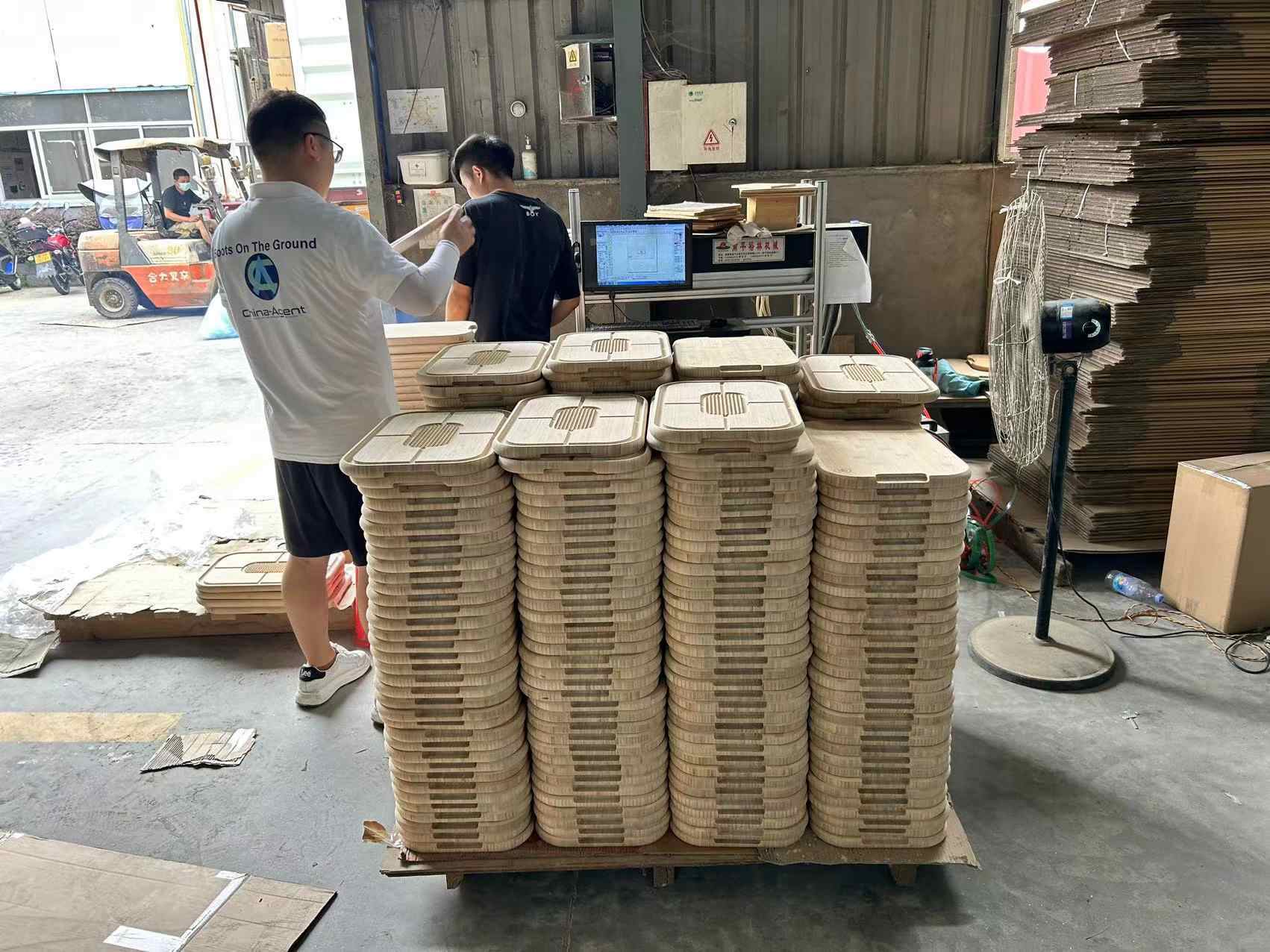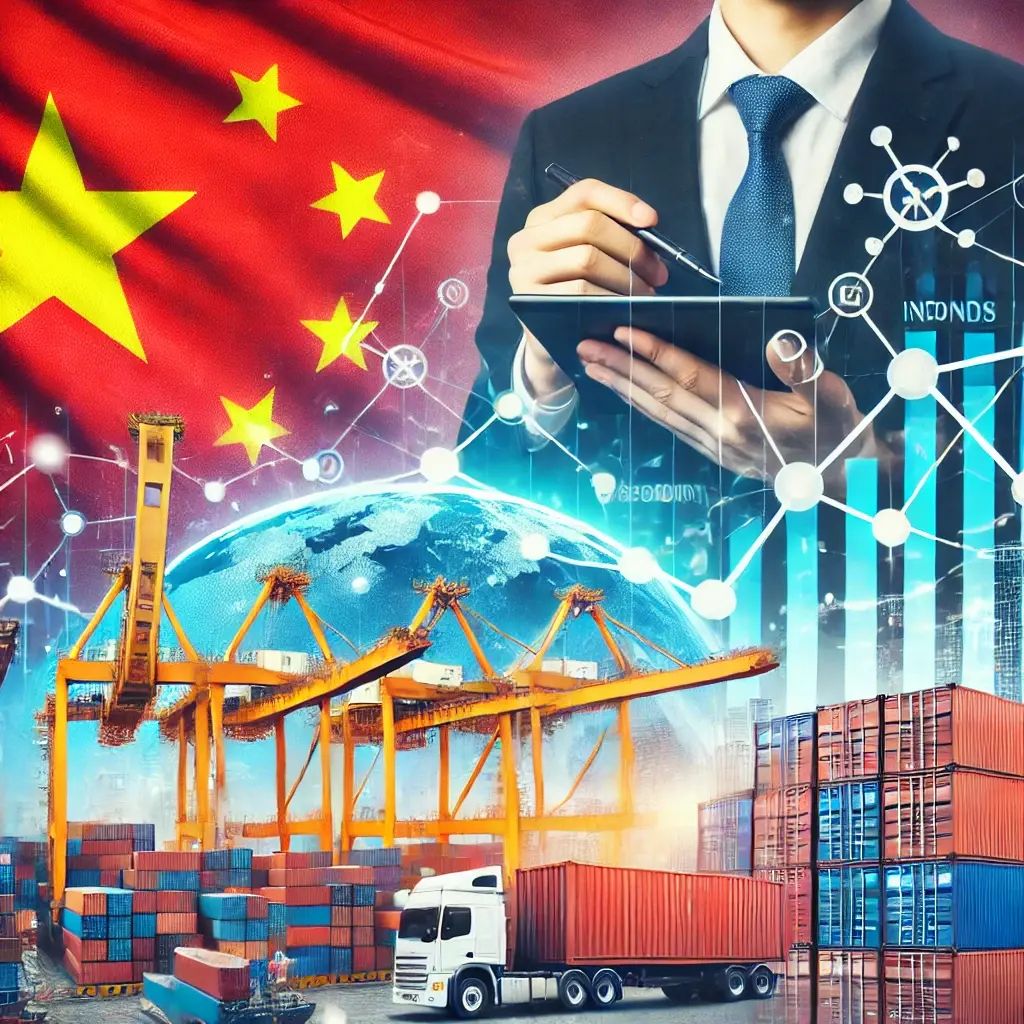The Future of Manufacturing in China: Preparing for 2025 and Beyond
As the global manufacturing epicenter, China has long been a key player in supply chains worldwide. However, significant changes are on the horizon, and businesses must prepare to adapt. From economic shifts to technological advancements, the manufacturing landscape in China is evolving rapidly. Here’s what to expect in 2025 and how China Agent can help you stay ahead.
Economic and Regulatory Shifts in China
The cost of doing business in China is rising:
- Increasing Labor Costs: Wages in China have grown significantly over the past decade, making it less competitive for low-cost manufacturing.
- Stricter Environmental Regulations: Factories face tougher emissions standards and compliance requirements, adding operational costs.
- Policy Changes: New government initiatives, such as promoting high-tech industries, are reshaping the focus of manufacturing sectors.
Impact of Geopolitical Tensions
Ongoing trade disputes and geopolitical dynamics are influencing supply chains:
- Tariffs and Trade Barriers: Higher tariffs on Chinese exports, particularly to the US and EU, are increasing costs for international buyers.
- Localized Production Trends: Companies are exploring "nearshoring" and "friend-shoring" strategies to reduce dependency on Chinese suppliers.
Technological Advancements in Manufacturing
China is embracing smart manufacturing to maintain its competitive edge:
- Automation and Robotics: Factories are increasingly adopting automated systems to reduce reliance on manual labor.
- AI Integration: Predictive analytics and AI-driven production planning are optimizing manufacturing processes.
- Smart Factories: The rise of IoT-enabled facilities is enabling real-time monitoring and increased efficiency.
The Shift to Domestic Markets
Many Chinese manufacturers are turning their attention inward:
- Growing Domestic Demand: With a rising middle class, domestic consumption is booming, and many factories prioritize local clients.
- Reduced Focus on Export Markets: International buyers may find themselves competing with domestic clients for production capacity.
Opportunities in Alternative Hubs
While China remains a manufacturing powerhouse, neighboring countries are gaining traction:
- Vietnam: Competitive labor costs and strong infrastructure for electronics and apparel.
- India: A growing hub for automotive and engineering goods.
- Bangladesh and Indonesia: Leaders in textiles and consumer goods.
How China Agent Helps Clients Adapt
Navigating these changes requires local expertise and strategic planning. At China Agent, we:
- Conduct Supply Chain Audits: Identify vulnerabilities and opportunities in your current operations.
- Renegotiate Contracts: Secure better terms and ensure compliance with evolving regulations.
- Implement Multi-Hub Strategies: Help you diversify production by exploring alternative manufacturing hubs in Asia.
- Monitor Technological Changes: Provide insights into how automation and smart manufacturing can benefit your business.
Actionable Steps for 2025 Readiness
To prepare for the future of manufacturing in China, businesses should:
- Diversify Suppliers: Reduce reliance on a single source by building relationships with multiple factories.
- Revise Contracts: Ensure agreements include protections against rising costs and geopolitical risks.
- Leverage Local Expertise: Work with partners like China Agent to navigate cultural and regulatory challenges.
- Stay Informed: Keep up with technological trends and market shifts to remain competitive.
Embrace the Future with Confidence
The manufacturing industry in China is evolving, but with the right strategy, businesses can turn challenges into opportunities. China Agent is here to provide the local expertise and tailored support you need to adapt, thrive, and grow in this changing landscape.
Ready to future-proof your supply chain? Contact China Agent today and let us help you navigate the road to 2025 with confidence.




